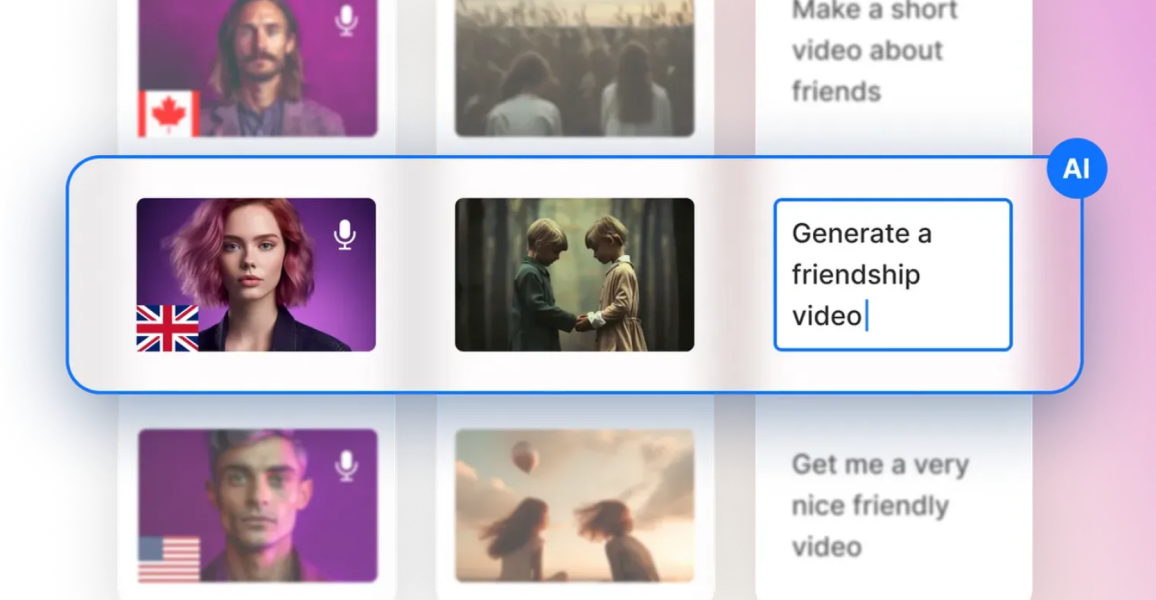Fin can both answer customer questions and take relevant actions—canceling a payment or issuing a refund, for example. Why did this product require a different approach to pricing than Intercom’s core customer support platform?
O’Reilly: Originally, we considered the tried and tested SaaS pricing models of seat- or usage-based pricing. But Fin is fundamentally different. It’s not just enabling conversations; it’s an AI agent that actually resolves customer queries. The value comes from the outcome, not the activity. That forced us to rethink the pricing model to align with customer value.
We also made the change to protect our business—seats would not be viable. Access to the Intercom platform is still charged by seat. However, Fin is fundamentally different. If a company has 1,000 customer service employees and Fin works as well as we know it does, over time, those 1,000 seats might become only 200. So, seats would become a smaller portion of our revenue, even as Fin is delivering more value. Ultimately, a seat-based approach would have created a misalignment between pricing and value.
What other pricing models did you consider?
O’Reilly: We wanted Fin’s pricing to be additive, sitting on top of the platform subscription. This kept the core SaaS model intact while enabling innovation in how AI services are monetized. Once we ruled out seats, the next natural thing to look at was conversation-based pricing. But back in early 2023 when we first launched Fin, users were really hesitant at the thought of paying for something that might not work. At that time, trust in agents’ ability to effectively answer these questions was low.
Lynch: If you start with conversation-based pricing, the discussion tends to always be about price—and about how low that price could be. There’s a similar challenge with passthrough pricing, where your price is based on the underlying cost to run the AI model. You have to determine what’s a comfortable margin to take off the table, and decide how you talk about it. It’s a whole conversation that you eliminate, or at least delay, with an outcome-based pricing model.
Why did you ultimately choose outcome-based pricing?
Lynch: Fundamentally, this approach aligns our pricing with our users’ success. They can see what Fin resolved, review it, and validate the value themselves.
O’Reilly: Our users like that it’s very value-aligned. They often have a good sense of what their human cost to serve is per resolution; compared to that, Fin provides incredible value.
Outcome-based pricing has also been hugely helpful in terms of building user trust. We now carry a lot of the risk: if we don’t perform as well as we think we will, that’s ultimately less revenue for us.
In addition, the entire company is now focused on driving resolution rates, because for us to win, our users have to win.
Have you made any changes to Fin’s pricing model since you rolled it out?
O’Reilly: The biggest challenge of outcome-based pricing is that it takes away predictability and control. One thing that CFOs love about seat-based pricing is that it’s relatively fixed—you’re paying for the number of people on your team. But with outcome-based pricing, you don’t always know what your conversation volume is going to be, or the volume might change based on seasonality. And you don’t know what the resolution rate is going to be, especially for an agent that is so new.
So we had to build a couple of pieces into our pricing and go-to-market mechanics to address these factors. Typically in the industry, you’d need to commit to a monthly number of resolutions. Say your conversation volume always spikes in April because you’re a tax business; you’d either go into overages for the month of April or you would have to contract at your April rate for the entire year, meaning you’d be paying for a lot of resolutions you don’t need. Instead, we created annual buckets. Users can buy a set number of resolutions that they can burn down at any point during the year. That’s been pretty huge for predictability and flexibility.
How are you handling any overages that occur?
O’Reilly: That’s the second change we made. What’s standard in the industry—and what most of our competitors do—is to encourage users to contract as much as possible and then penalize them for any usage over the contracted amount. We wanted to completely flip that and encourage users to experience as much deep usage as they can with Fin. We offer discounts for several groups of customers, including customers that make a significant up-front commitment to Fin, early-stage startups, and customers in lower-cost regions. And whatever discount we agree on the contract applies even when they go over the contracted amount.
We also added reallocation of spend. We started to see that users had underestimated the power of Fin—they had contracted a lot of seats and not as much for Fin resolutions. Within a couple of months, they started to see that they didn’t need as many humans as they thought they were going to, and they were going to need a lot more Fin. So we now allow them to move that spend from seats to resolutions.
You launched Fin at the same time Intercom was working on a massive billing migration to Stripe. How did you manage those projects simultaneously?
Lynch: As we got into the meat of integrating the Stripe Billing platform, the issue of how to price Fin came to pass almost concurrently—as did Stripe’s move into usage-based billing.
We were really starting to care about what was essentially a metered product. And we realized, hey, it might be nice if we don’t have to build all of this ourselves, and we can lean on the Stripe Billing platform for some of it.
Take the annual buckets. That request came in very hot from the Fin team in November 2024. We cared a lot about speed to market, because we were leaving revenue on the table. With the foundation that Stripe provided, our engineering team was able to customize around the edges and get to market quickly—we were ready to go in February.
How do you expect pricing for agents and AI features to evolve going forward?
O’Reilly: I believe we’ll see three big shifts: a move to more outcome-based pricing, differentiated pricing for different types of agents, and AI verification of resolutions. First, I expect a major shift away from pure usage-based pricing for AI agents. As more companies realize the disconnect between usage and value, they’ll experiment with hybrid models that better align with customer outcomes. The companies still charging purely by token in two years will be the outliers.
Why? Because AI is supposed to deliver results—not just consume compute. As the market matures and competition increases, customers will demand pricing that reflects that promise.
Next, we’ll see more unbundling of AI agent capabilities with differentiated pricing. The one-price-fits-all approach doesn’t make sense when different functions deliver vastly different value. In customer support, answering “What’s your refund policy?” is fundamentally different from “Help me debug this complex integration issue.” Smart companies will price these differently without overcomplicating things.
Finally, as AI gets smarter, it won’t just deliver outcomes—it will help verify them. Today, we rely on basic rules to track whether a resolution was “successful.” But soon, AI itself will evaluate the quality of its outcomes: did the customer actually get what they needed? Was the issue truly resolved, or did they follow up again?
This will make outcome-based pricing even more credible because it won’t just be about whether something looks resolved—it’ll be about whether it actually is resolved. That level of validation will unlock pricing models that truly reflect value.
Outcome-based pricing has been a powerful growth driver for us, as it aligns our success directly with our customers’ and focuses our whole team on delivering results. Stripe gave us the flexibility to not only launch this model, but to iterate on it quickly, which is essential for keeping our business model in lockstep with our product innovation.

